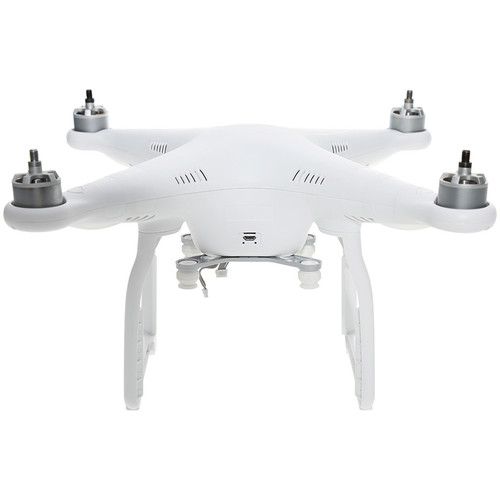

One of the main differences between this and the pricier DJI Inspire 1 drone is that there's no ability to control the camera using a second controller. You can point it exactly down, which gives a really neat view of the landscape, particularly when you take it really high. With the wheels on each corner of the controller you can tilt the camera up or down, and to pan simply turn the drone on its axis.
#Phantom 3 pro video formats full#
If your shots require faster motion from the camera and the subject, then shooting at 60fps in Full HD will produce much smoother footage. It can do this at frame rates of 24, 25 or 30 frames per second too, the latter of which will be great for long, smooth shots. If you're shooting a specific object, this extra resolution allows you to digitally stabilise the footage, smoothing out any slight movements of the drone and ensuring the object stays perfectly central, without sacrificing any quality. The benefit of 4K footage isn't just to look crisp on a 4K monitor, it also gives you a lot of room to crop into the frame, while still maintaining full HD quality or better. It brings a tonne of detail when viewing the footage on a high resolution monitor, which is particularly noticeable when looking at small details on house roofs far below.
#Phantom 3 pro video formats professional#
The headline feature on the Professional model is its ability to shoot video in Ultra HD 4K resolution.

The Phantom 3 does a considerably better job, producing rich, well balanced footage. The Phantom Vision 2's camera had a habit of either exposing for the bright sky, plunging the ground into shadow, or exposing for the ground, resulting in a washed-out sky. Bright skies are kept under control, while the darker ground is kept easily visible. It has the same 1/2.3-inch sensor, although it's been tweaked to provide better dynamic range. CameraĪs with the predecessor, the camera is slung beneath the drone - but this time with a bunch of significant upgrades. It will automatically bring the drone back to the location it took off from, which is a handy failsafe option to have if you begin to lose sight of it and want to bring it back to you safely. You can also press the return to home button on screen and there's one on the controller too. Batteries compatible with previous models are not compatible with the Phantom 3.Ī return-to-home function will automatically bring the drone safely back to your location to land when it detects that the batteries are critically low - it won't simply fall out of the sky. The batteries are removable, and you can buy spares, but they'll set you back around £125, $149 or AU$205 each. Although that's pretty standard for this type of drone, it's still very limiting if you want to take it away to a specific location to capture footage. It does depend on how vigorously you're flying though, so if you do plan on really hitting top speed at high altitudes, expect a little less time. It was, thankfully, unharmed.ĭJI reckons you can get around 20-23 minutes of flight time from a full charge of the drone's battery, which I'd say is accurate. I managed to crash it inside the CNET office when I flew it about 6 metres (about 20 feet) above the floor and it wasn't able to hold its position. Flying above a plain surface, for example, will give the cameras nothing to lock onto, and above about 2 metres (6 feet), it doesn't detect the ground at all and can easily start to drift off course. Of course, you have to be much more careful than when flying outdoors as there are various factors which make it less stable.


 0 kommentar(er)
0 kommentar(er)
